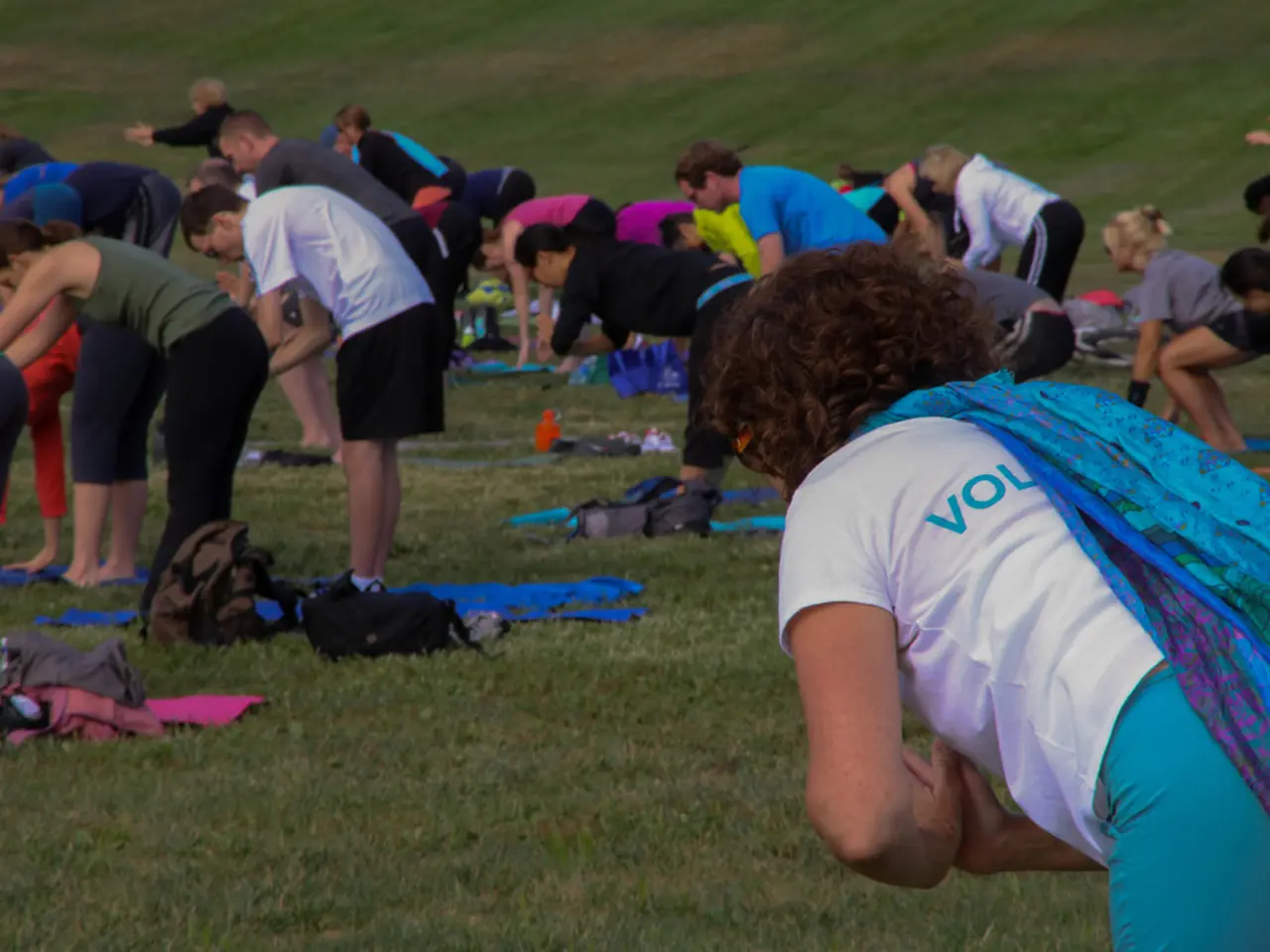Attempted rapid technique derived from meditation app Calm to quiet relentless mental chatter
Taking control when you're overwhelmed can be a struggle, but focusing on your surroundings might just help you find some peace. When your mental health is tumultuous, advice can pile up, not all of it helpful. I've tried countless brain-soothing techniques, many of which haven't worked for me. But one practice, the 5-4-3-2-1 grounding technique, always manages to help.
I was first introduced to this method when I was diagnosed with an anxiety disorder in my early 20s by a colleague of my dad's. I rediscovered it recently on the mindfulness and meditation app Calm.
Mastering the 5-4-3-2-1 grounding technique
Take a deep breath in and out, then count five things you can see, four things you can hear, three things you can feel, two things you can smell, and one thing you can taste. Calm offers a more detailed guide to the 5-4-3-2-1 grounding technique.
Why this method works for me
Rapid Response
Anxiety attacks can leave you feeling overwhelmed, your thoughts racing a million miles per hour. When I'm on the brink of a panic attack, I need a solution that's just as quick to take effect. This mindfulness exercise is easily accomplished in under a minute, making it quick and efficient. As I count the things off on my fingers, I find it's just the distraction I need to break the cycle of anxiety.
Simplicity
It doesn't get much simpler than five, four, three, two, one. When I'm feeling anxious, my thought process is muddled, leaving me struggling to manage even basic tasks like basic breathing exercises. Thankfully, this technique is easy to remember and simple to count off, even when I'm struggling to focus.
Reconnection
The practice requires you to engage your senses and look around. Anxiety can disconnect you from your surroundings and trap you in your own thoughts. This exercise helps ground you in reality by reminding you of the physical world around you.
Get the Fit&Well Newsletter
Start your week with achievable workout ideas, health tips, and wellbeing advice delivered straight to your inbox.
Physical symptoms of panic attacks can include dry mouth, tunnel vision, and a slowdown or freeze in the digestive system due to the surge of adrenaline. By checking in on your body and its sensations, you're reminded you're not just a ball of nervous energy, but a living, breathing human being existing in a world full of sights, sounds, and sensations.
Recognizing the physical symptoms of panic attacks can help minimize their impact.
Distraction
In my experience, the primary reason this technique works is because it stops anxiety in its tracks. It's difficult to focus on two things at once, so shifting my attention to my senses provides the mental space I need to step back from my anxiety and regain control.
Challenging anxious thoughts can be helpful, but you often need to take a step back to do so effectively. The short span of time it takes to complete the 5-4-3-2-1 exercise offers just enough time for me to regain my composure and re-approach my thoughts with a clearer mind.
Focusing on the 5-4-3-2-1 grounding technique, which involves counting five things you can see, four things you can hear, three things you can feel, two things you can smell, and one thing you can taste, can be a quick and efficient solution for managing anxiety attacks. This technique, whether learned from a colleague, a mindfulness and meditation app, or a health-and-wellness ecosystem like Calm, helps disconnect from anxiety by reconnecting with the physical world through the senses. Simplicity is also key, as the technique is easy to remember and count off, even during moments of confusion and disorientation. Lastly, this method serves as a distraction, allowing for the temporary shift of focus away from anxious thoughts, providing mental space to regain control and challenge them effectively.






